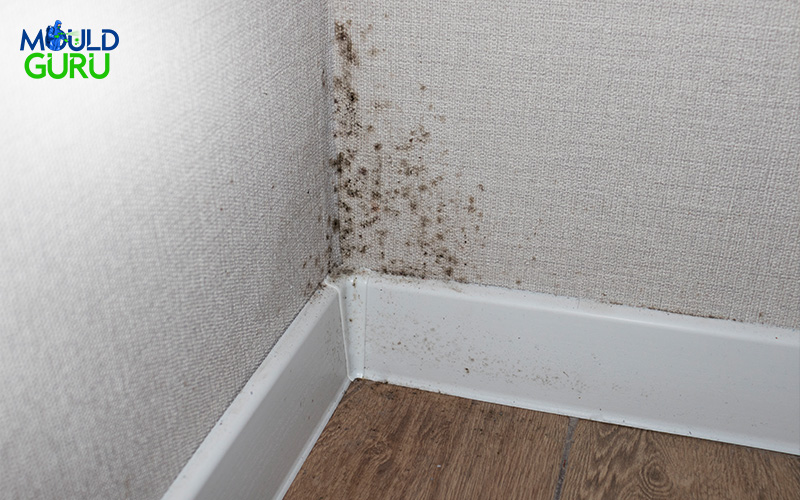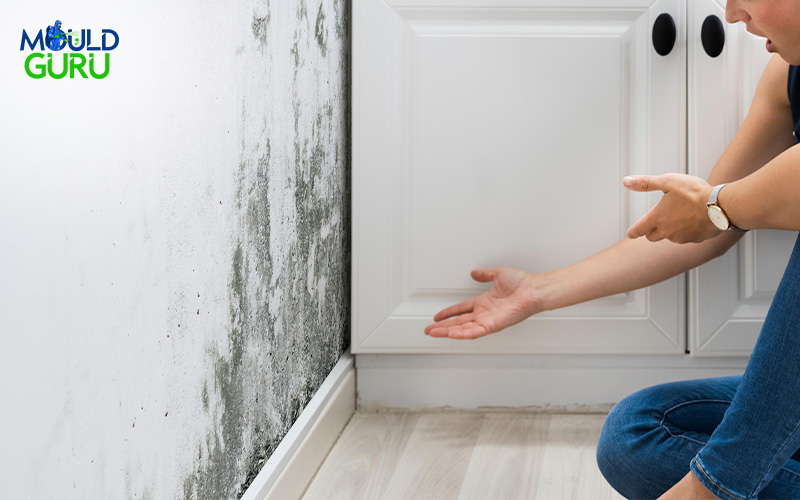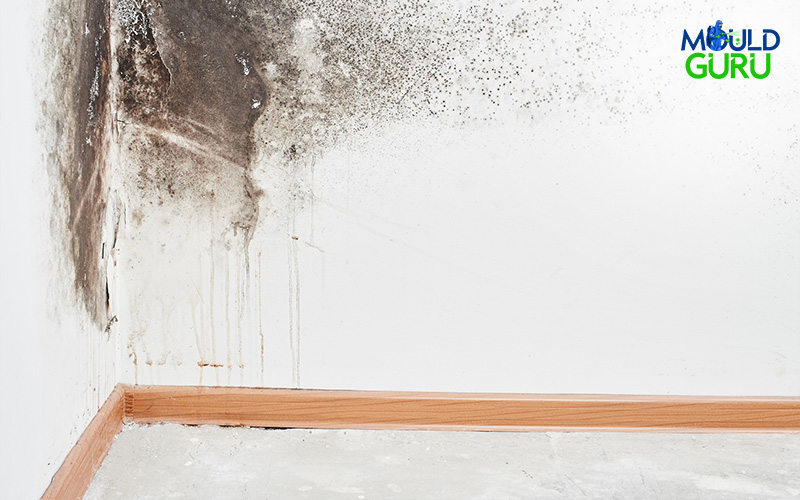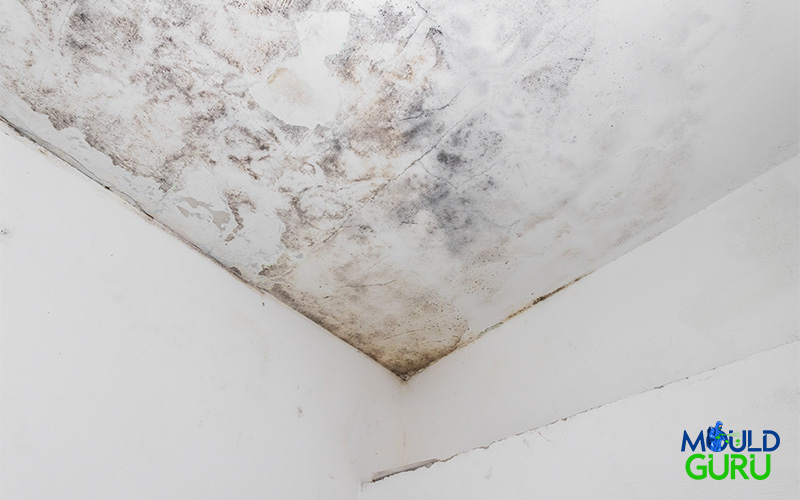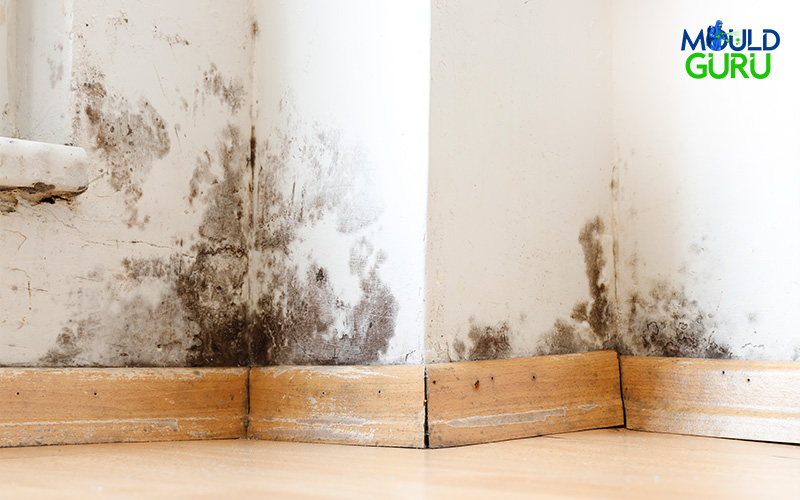
Key Takeaways
- Black mould grows in damp, poorly ventilated areas—common in Singapore due to high humidity and hidden water leaks.
- Exposure to black mould can trigger health issues, including allergies, respiratory problems, and fatigue.
- Knowing how to remove black mould safely and preventing its return requires proper cleaning, moisture control, and professional help when needed.
Black mould on walls is more than just an unsightly stain—it’s a signal that your home environment needs attention. In Singapore’s tropical climate, where humidity is a constant companion, mould problems are particularly common. Understanding what causes black mould and how to remove black mould safely and effectively is key to maintaining a healthy home.
1. What Causes Black Mould on Walls?
Black mould thrives in moist, enclosed spaces—something all too common in Singapore’s humid climate. With average humidity often exceeding 80%, even a small amount of trapped moisture can invite mould growth. The most common triggers include:
- Persistent Humidity: In tropical environments like Singapore, moisture tends to settle on cool surfaces such as walls and ceilings, creating ideal breeding grounds for mould.
- Inadequate Ventilation: Areas with limited airflow—like bathrooms, kitchens, and storerooms—trap moist air, making them especially vulnerable.
- Undetected Leaks: Leaky pipes, roof seepage, or air-conditioning condensation can create hidden damp spots, fuelling long-term mould infestations.
Once black mould takes hold, it can spread rapidly. This makes it extra important to act fast once you notice the telltale dark patches.
2. Health Risks of Black Mould Exposure
Exposure to black mould is not just an aesthetic concern, it can have serious health implications. Mould releases tiny spores into the air, which can be inhaled without you even realising. Prolonged exposure may lead to:
- Respiratory Issues: Coughing, wheezing, nasal congestion, or throat irritation.
- Allergic Reactions: Sneezing, red eyes, skin rashes, and in severe cases, asthma attacks.
- Chronic Fatigue and Headaches: Especially in individuals sensitive to mould or with compromised immune systems.
If someone in your household is experiencing unexplained health symptoms and you suspect mould, it’s worth looking into the cause and addressing it promptly.
3. How to Safely Remove Black Mould from Walls
Wondering how to remove black mould from your walls effectively? Start with these steps:
- Wear Protective Gear: Use gloves, a mask, and goggles to avoid contact with spores.
- Ventilate the Area: Open windows and doors to allow fresh air to circulate.
- DIY Cleaning: Mix white vinegar or baking soda with water in a spray bottle and apply the mixture to the affected area. Let it sit for an hour before scrubbing gently with a brush.
- Use Mould-Specific Cleaners: There are eco-friendly commercial solutions available that are tough on mould but safe for home use.
- Dispose Properly: Throw out cleaning cloths or brushes used during the process to prevent spores from spreading.
While DIY mould removal methods can be effective for small patches, large infestations or mould behind walls should be handled by a professional mould specialist. They’ll assess the root cause and use advanced treatments to eliminate the mould completely.
4. Preventing Future Black Mould Growth
Prevention is always better than cure, especially when it comes to mould treatment. Here’s how to stop it from returning:
- Control Moisture: Use dehumidifiers or air conditioners to maintain ideal humidity levels below 60%.
- Improve Airflow: Keep windows open when possible or install exhaust fans in moisture-prone areas.
- Fix Leaks Promptly: Inspect plumbing and roofing regularly, and repair leaks as soon as they’re detected.
- Use Mould-Resistant Paint: Especially in bathrooms and kitchens, this adds a layer of protection to your walls.
If you find yourself repeatedly searching for how to remove black mould, you’re likely dealing with a persistent issue that needs a professional mould removal service.
To conclude, black mould is more than just a surface issue, it’s a warning sign that your home may be harbouring excess moisture, poor airflow, or hidden leaks. Understanding how to remove black mould is just the first step. For complete peace of mind, professional mould cleaning treatment is often the most effective and long-lasting solution.
So, if you’re battling black mould on your walls, don’t wait for it to get worse. Mould Guru is Singapore’s trusted specialist in mould detection, removal, and prevention. Our team uses safe, effective, and proven techniques to treat the root of the problem, not just the surface.
Contact Mould Guru today for a free assessment and reclaim a clean, healthy living environment—because you deserve to breathe easy.

